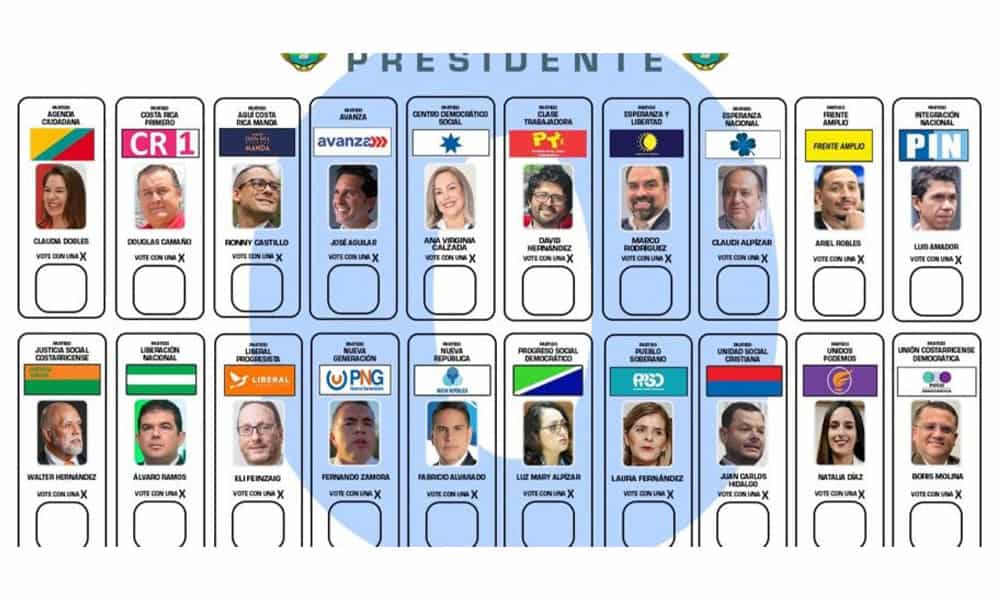Costa Rica’s electoral season began yesterday with the Supreme Electoral Tribunal’s official call for the 2026 national elections. Eugenia Zamora, the TSE president, described the process as one of the country’s core traditions, emphasizing its role in maintaining peace amid growing tensions.
The ceremony marked the start of a four-month campaign leading to the February 1 vote, where nearly 3.7 million people can choose the next president, two vice presidents, and 57 legislators. Zamora urged participants to prioritize civility in a time when violence touches many aspects of daily life.
She stressed that everyone merits respect and the chance to shape national decisions. “We don’t have to agree on everything, and that’s fine,” she said. “Differing views are part of what lets us coexist and vote regularly to decide our path.”
This call comes against a backdrop of sharp divisions. The current government under President Rodrigo Chaves has repeatedly criticized key institutions, including the TSE, for upholding long-standing rules. Chaves has targeted opponents and critics throughout his term, heightening polarization. In response, Zamora encouraged candidates to focus on solutions rather than attacks.
“We could waste time mocking rivals, spreading unthinking catchphrases, or stirring up resentment,” she noted. “Instead, let’s discuss real issues facing the nation, evaluate party plans, and assess the teams ready to lead.”
Costa Rica’s system features multiple parties, often resulting in a crowded field. This cycle includes 20 presidential hopefuls, spanning a range of ideologies. The candidates are:
- Claudia Dobles from Coalición Agenda Ciudadana (PAC-ADN)
- Douglas Caamaño from Alianza Costa Rica Primero
- Ronny Castillo from Aquí Costa Rica Manda
- José Aguilar from Avanza
- Ana Virginia Calzada from Centro Democrático y Social
- David Hernández from De los Trabajadores
- Claudio Alpízar from Esperanza Nacional
- Marco Rodríguez from Esperanza y Libertad
- Ariel Robles from Frente Amplio
- Luis Amador from Integración Nacional
- Wálter Hernández from Justicia Social Costarricense
- Álvaro Ramos from Liberación Nacional
- Eliécer Feinzaig from Liberal Progresista
- Fernando Zamora from Nueva Generación
- Fabricio Alvarado from Nueva República
- Luz Mary Alpízar from Progreso Social Democrático
- Laura Fernández from Pueblo Soberano
- Juan Carlos Hidalgo from Unidad Social Cristiana
- Natalia Díaz from Unidos Podemos
- Boris Molina from Unión Costarricense Democrática
Recent surveys show Laura Fernández, aligned with the governing side, holding a slight edge. Fabricio Alvarado, a conservative figure, trails closely, with Álvaro Ramos from the established Liberación Nacional in third. But with over half the electorate still undecided—figures from polls in August and September hover around 44% to 57%—the race remains open. Past elections demonstrate that voters often decide late, giving underdogs a shot.
The TSE now oversees police forces to secure the process, a standard measure during campaigns. As the contest heats up, security stands out as a top concern, with rising crime and drug-related issues dominating public worries. Candidates who address these effectively may gain ground.
This election follows a period of institutional strain, but Zamora’s message sets a tone for constructive debate. With no clear favorite yet, the coming months will test how well parties connect with a cautious public ready for change.

